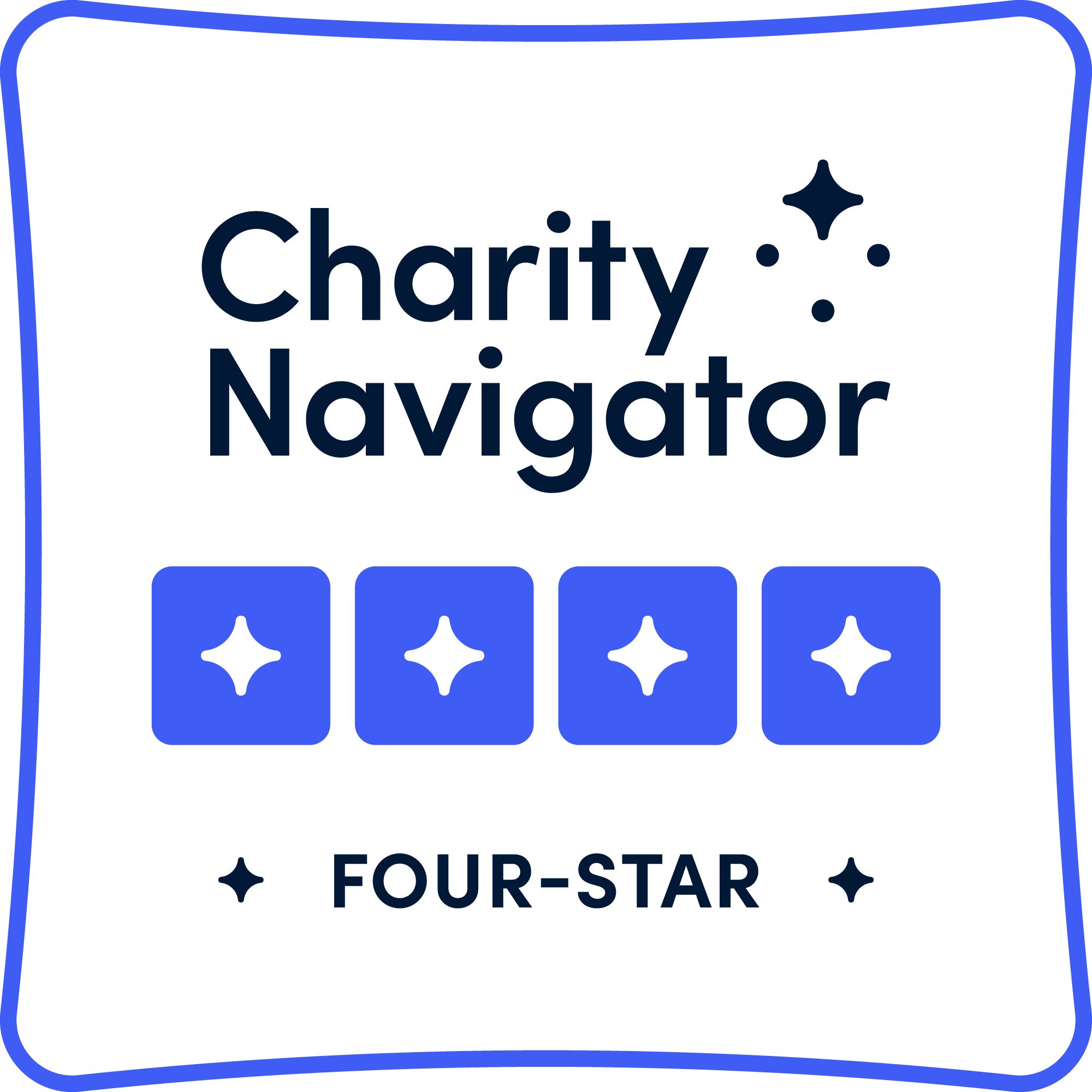Children have a natural curiosity about the world around them, and they are continually willing to learn and explore. As educators, we can help students foster that mindset by giving them resources that encourage exploration of the natural world. SubjectToClimate’s resources, especially those highlighted below, teach kids about the earth’s natural resources as they relate to climate change, focusing on topics such as energy consumption, renewable vs. non-renewable energy, and sustainability.


































